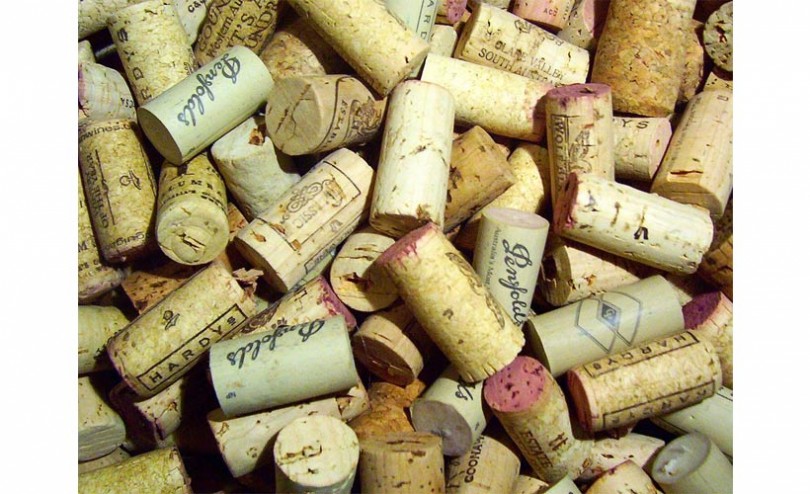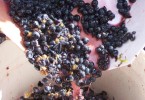Which are the flaws of red wine? Where do they comes from?
Red wine flaws and barrels treated in the wrong way
The smells of mold, sore and rotten are bad smells that are transmitted to wine from barrels that have been badly preserved. The treatment of wooden barrels must follow strict steps to avoid this unpleasant inconvenience. New barrels must be abbonite and pickled so as to eliminate the bad substances and thus avoid their excessive release into wine. Used barrels should be checked so that there are no residual moisture molds. If impurities are found, it is sufficient to wash with water and soda or with specific detergents. If the inner walls are clean, it is sufficient to bake the wash with a few liters of wine.

Snout sensation
When the wine is not properly poured it has a scent of dregs. It means that the lees have oxidized and give the wine the classic smell of garlic. Pourings, in fact, are necessary to eliminate residual substances from vinification.
Feelings of sulphates
During fermentation an excess of sulfur dioxide may be created. Its presence is revealed by the typical pungent smell. The excess sulfur used as pesticide has the same effect. The sulfur compounds can be light or heavy. The light one is perceived as unpleasant smells of rotten eggs, stagnant water and onion. The heavy ones, on the other hand, recall burned rubber and gas. However, many of these smells are due to a high temperature to which wine has been subjected. Bottles exposed to high temperatures, wine tanks that lay under the sun, and inappropriate thermo-vinification are among the possible causes.
Smell of stall
The fruit fly is responsible for one of the flaws in red wine. It carries the Brettanicetic yeast which finds as an environment conducive to their development, the non-well-sanitized, moist and not perfectly conserved barrels.
The typical feel of stall, sweat, smoke, and cloves are unmistakable signs of flaw.
Sentor of vanished
If the wine appears scented, then it can be said that it has vanished. It appears flat without typical facets. In practice, there are no smells that you notice as soon as you open a bottle. This can happen if too many of them are put into the cellar or when the wine is moved for a relatively long time, for example during transport. In this case, to recover it, it will be sufficient to rest all its strength and find its bouquet.
Maderized sensations
White wines are more susceptible, but it can also be found in red wines. Savoring the wine you will feel a scent that reminds the Madeira wine. This is an oxidative process due to a prolonged contact of wine with the air. In this famous wine, however, oxidations are induced and controlled. In fact, it is not one of the flaws of wine but the characteristic hint. In red wines, these oxidations occur when a wine is consumed within 2-3 years, leaving it to age.
Reduced sense
Long-aged wine is preserved in absence of air. Oxygen can be combined with sulfur dioxide, causing the classic smell of closed room. To overcome the problem you will have to decant the wine a little while before serving it.
Cork taint

The cork taint occurs when the cork is attacked by Armillaria Mellea, a parasite of the plant. This disadvantage is difficult to prevent, as the problem is revealed when the wine is tasted. The hue resembles the mold and the smell typical of a closed and dusty cellar. The same smell can also be felt when the bottles of wine are kept for a long time upright in unsuitable premises. The caps drying develop molds that give a smell similar to the cap. The ideal position of red wine bottles is horizontal in conditions of humidity and adequate storage temperature.
Imagine sourse: wikimedia.org







